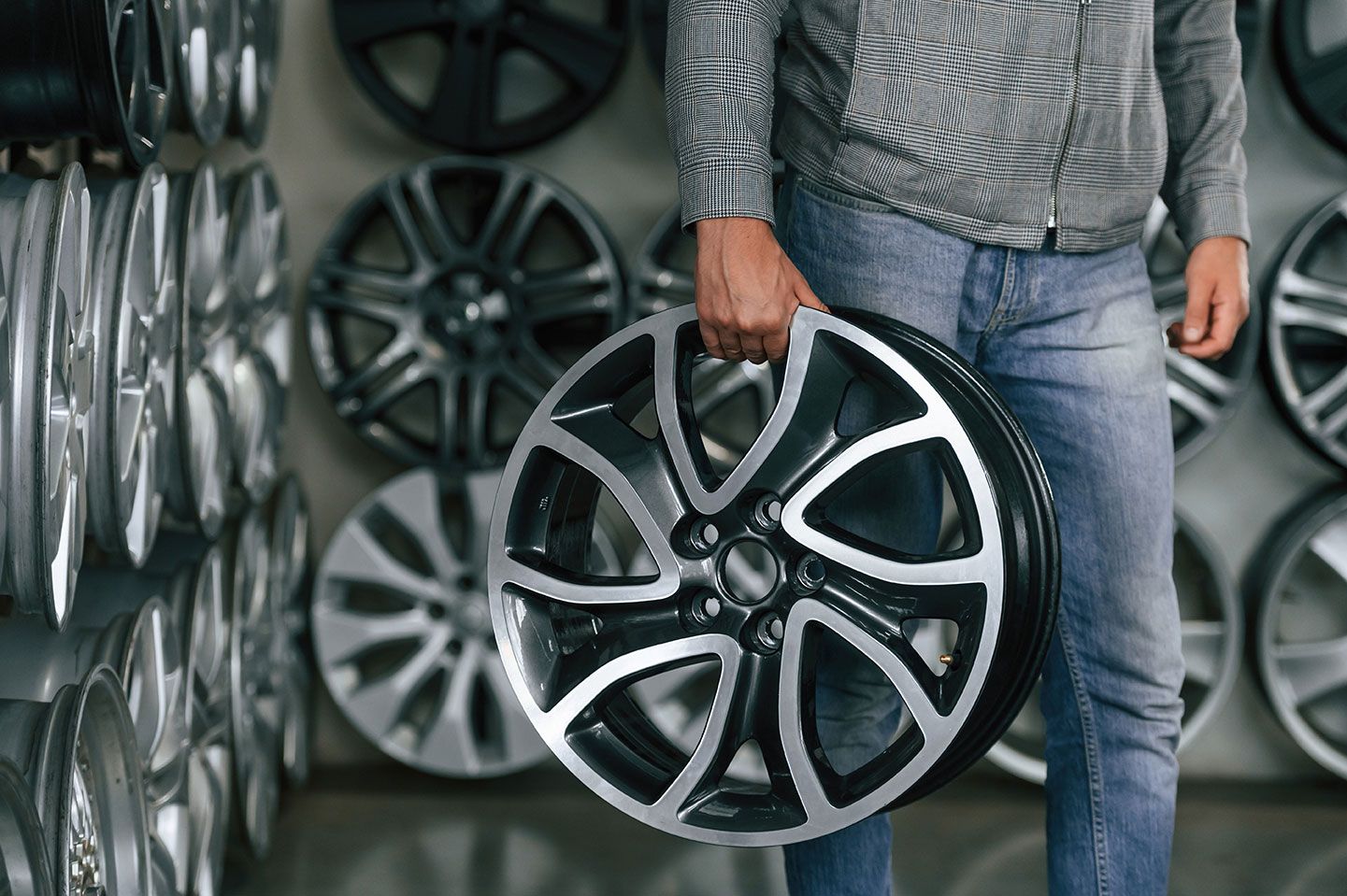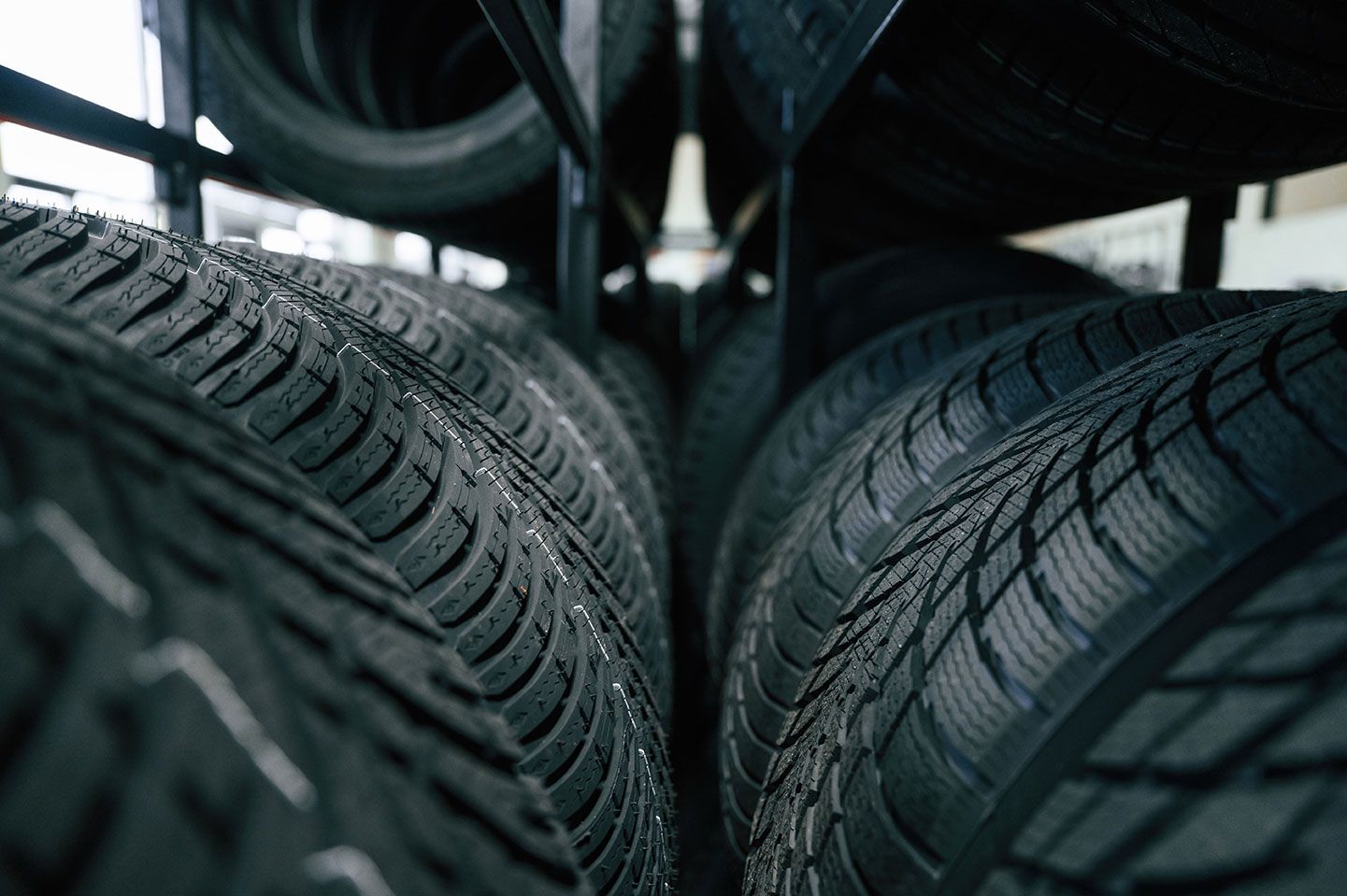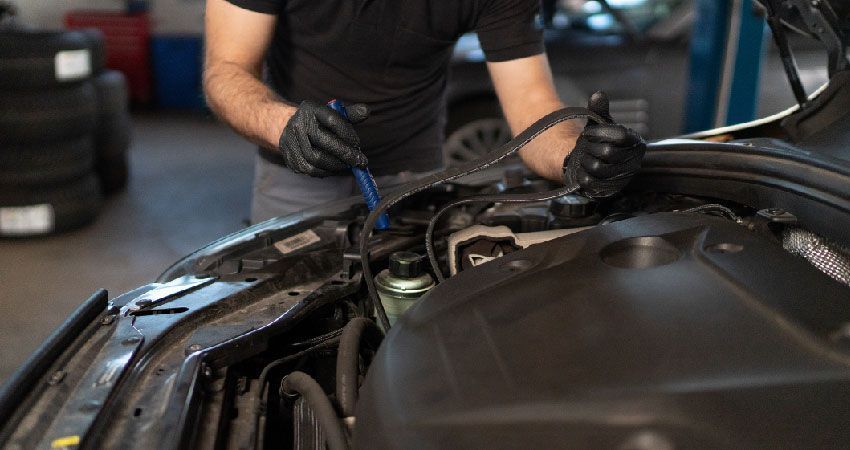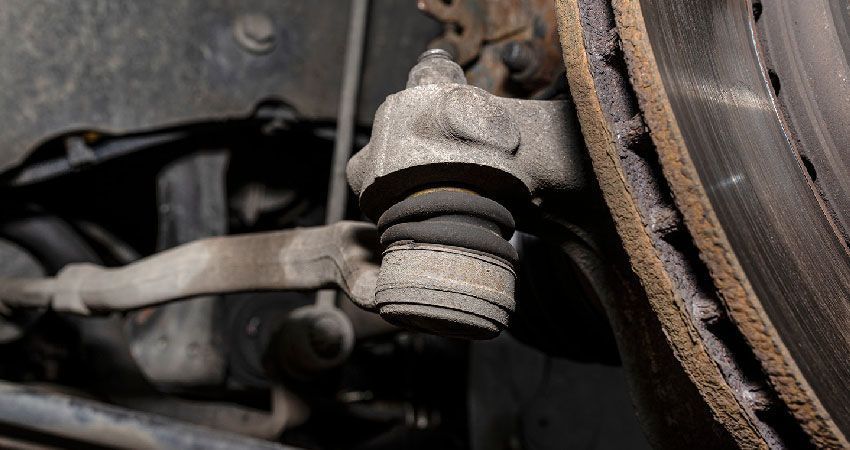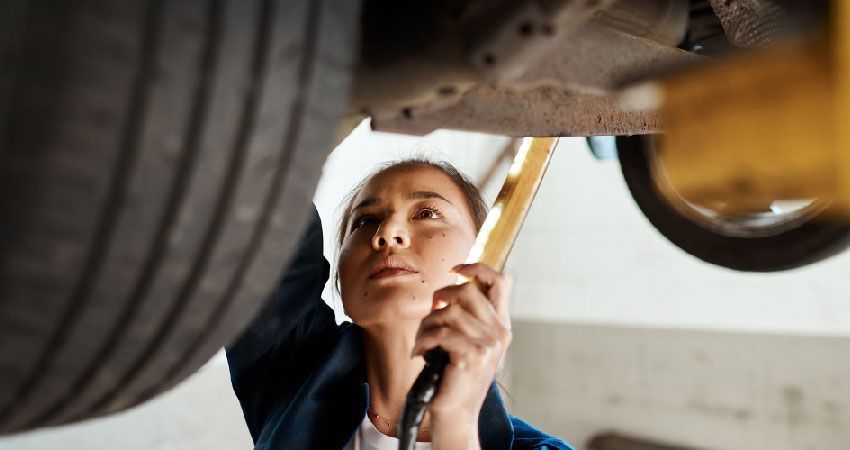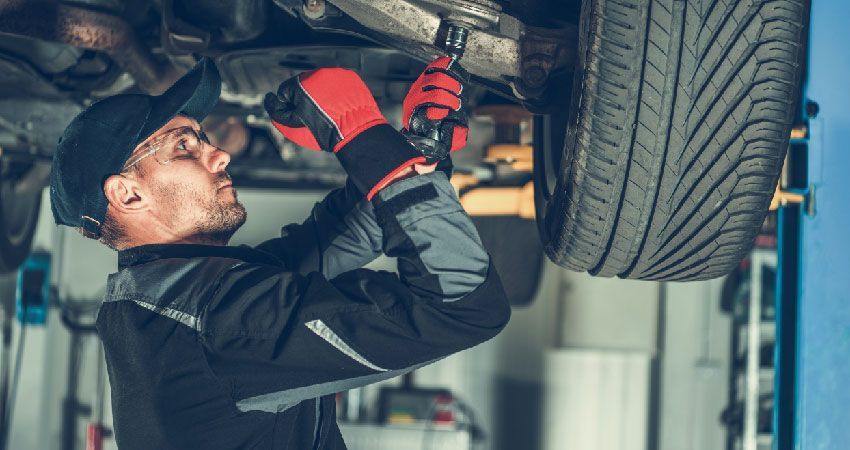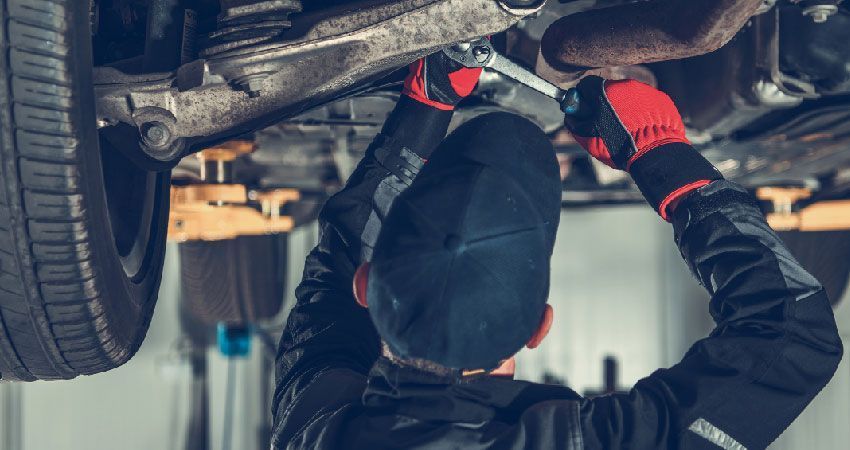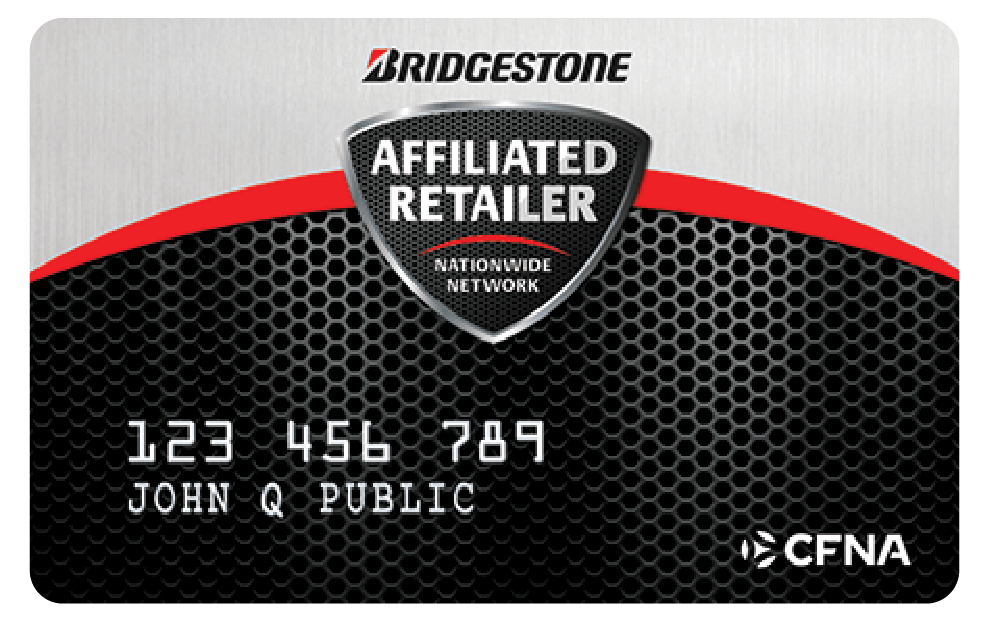Taking Care of Your Car Tires
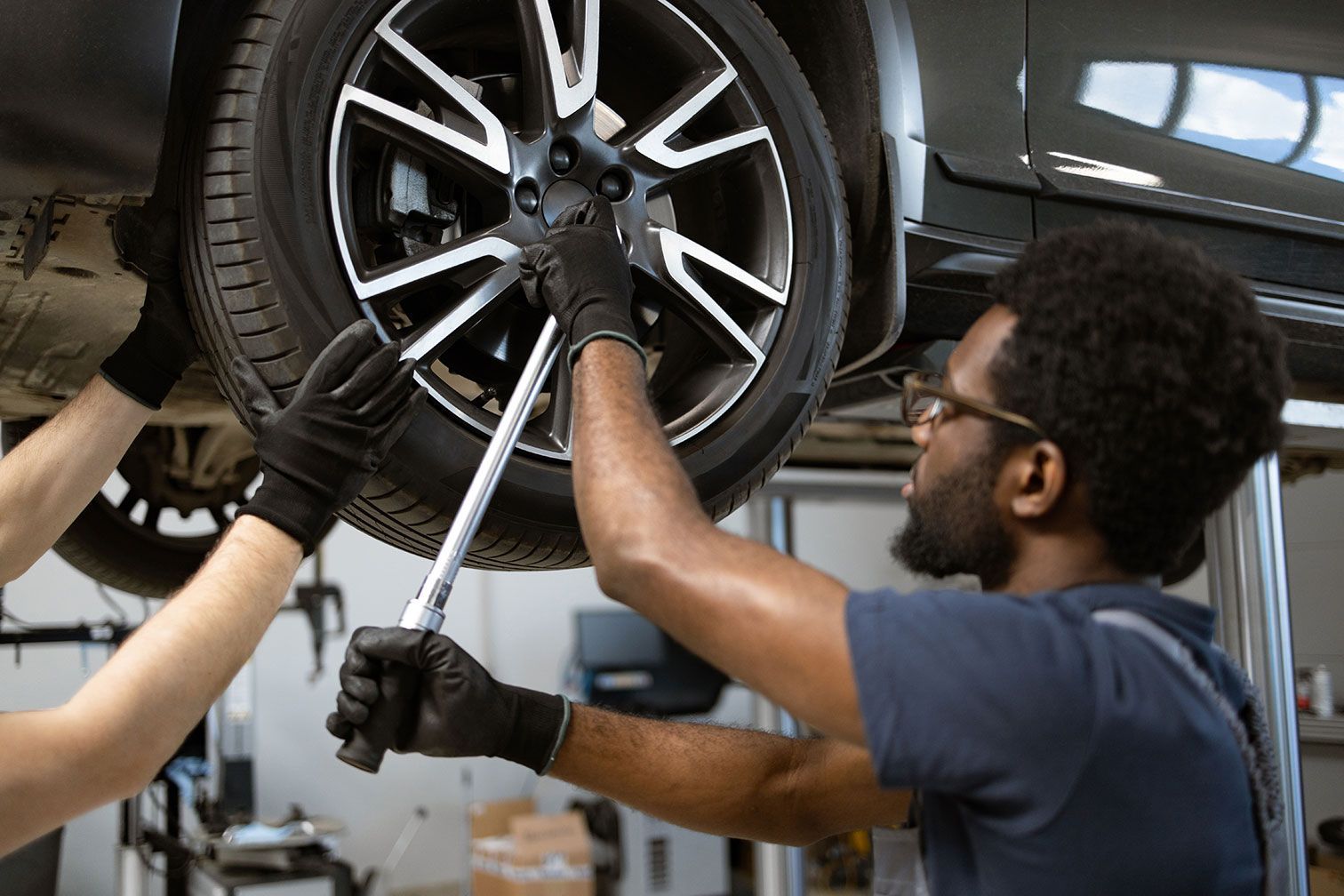
Taking Care of Your Car Tires
When it comes to car maintenance, your tires are often overlooked, but they are one of the most critical components of your vehicle. Good tires not only enhance driving safety but also improve fuel efficiency, handling, and overall driving comfort. Neglecting tire care can lead to premature wear, costly repairs, and even accidents. Here's a guide to help you take care of your car tires and keep them in top condition.
1. Check Tire Pressure Regularly
Proper tire pressure is crucial for both safety and fuel efficiency. Underinflated tires create more friction with the road, causing excessive wear and reducing gas mileage. Overinflated tires, on the other hand, make your car more prone to blowouts.
How often to check: At least once a month, and always before long trips.
How to check: Use a reliable tire pressure gauge. Your vehicle’s recommended tire pressure can usually be found on a sticker inside the driver's door or in the owner's manual.
Bonus tip: Make sure to check your tires when they are cold (not driven for at least three hours), as driving heats up the tires and can affect the reading.
2. Rotate Your Tires
Tires don’t wear evenly—front tires experience more stress due to steering, braking, and weight distribution, especially in front-wheel-drive cars. Regular tire rotation helps to distribute wear more evenly across all four tires, extending their lifespan.
How often to rotate: Every 6,000 to 8,000 miles, or as recommended by your vehicle’s manufacturer.
Types of rotation patterns: Depending on your car (front-wheel, rear-wheel, or all-wheel drive), there are different rotation patterns like the X-pattern, front-to-back, or side-to-side.
3. Maintain Proper Alignment
Misaligned wheels can cause uneven tire wear, pulling to one side, and a rougher driving experience. Wheel alignment ensures that your tires are perpendicular to the road and parallel to each other, providing smooth handling and even wear.
Signs of misalignment: If your car pulls to one side while driving, or if you notice uneven tire wear, it's time for an alignment check.
How often to check: Get your alignment checked annually or whenever you notice symptoms of misalignment, especially after hitting potholes or curbs.
4. Inspect Tread Depth
Tread depth is a critical factor in maintaining grip on the road, especially in wet or slippery conditions. As tires wear down, the grooves in the tread become shallower, reducing the tire's ability to channel water and maintain traction.
How to check: Use a penny. Insert the penny into the tire's tread with Lincoln’s head upside down. If you can see the top of Lincoln’s head, it’s time to replace your tires (the tread is below 2/32 of an inch).
Tire wear indicators: Many modern tires come with built-in tread wear indicators—bars of rubber that become flush with the tread surface when the tire is worn down to an unsafe level.
5. Balance Your Tires
Tire balancing ensures that the weight of the wheel-tire combination is evenly distributed. If your tires are unbalanced, you'll experience vibrations, especially at higher speeds, which can affect the handling and cause uneven tire wear.
Signs of imbalance: If your car shakes or vibrates while driving, especially at higher speeds, or if you’ve recently replaced a tire, balancing might be needed.
How often to balance: Get your tires balanced whenever you rotate them or after installing new tires.
6. Avoid Overloading Your Vehicle
Carrying excessive weight can strain your tires and lead to quicker wear or even tire failure. Overloading also increases the risk of blowouts and impacts your car's handling and braking ability.
Check your vehicle's load capacity: You can usually find this information on the same sticker that lists the recommended tire pressure.
7. Watch for Visible Tire Damage
Tires can suffer cuts, punctures, cracks, or bulges that can compromise their structural integrity. Regularly inspecting your tires for visible damage can help you catch potential issues before they lead to a blowout.
What to look for: Check for cracks in the sidewall, bulges, or any foreign objects embedded in the tire. If you spot any of these, it’s time to visit a professional.
8. Replace Tires When Needed
Even with the best care, tires will eventually need replacement. Old, worn-out tires are a safety hazard as they lose traction, especially in wet or slippery conditions. Most tires are designed to last between 50,000 and 80,000 miles, but their lifespan can vary depending on your driving habits, road conditions, and tire quality.
Signs it’s time to replace your tires:
- Tread depth is below 2/32 of an inch.
- Tires have visible cracks or damage.
- Your tires are more than 6 years old (even if the tread looks fine).
- The vehicle vibrates at higher speeds despite balancing and alignment.
9. Store Tires Properly
If you have a second set of tires (like winter or summer tires), make sure you store them properly to extend their life. Store tires in a cool, dry place, away from direct sunlight or sources of heat. If possible, stack them horizontally or hang them on tire racks to prevent deformation.
Final Thoughts
Proper tire maintenance can save you money, improve your vehicle’s performance, and most importantly, keep you safe on the road. By following these simple tips, you’ll ensure your tires last longer and perform at their best, giving you peace of mind every time you hit the road.
Remember, your tires are the only part of your vehicle that makes contact with the road—keeping them in good shape is a crucial part of responsible driving!
Comprehensive Coverage for All Your Automotive Repair Needs Awaits You!
